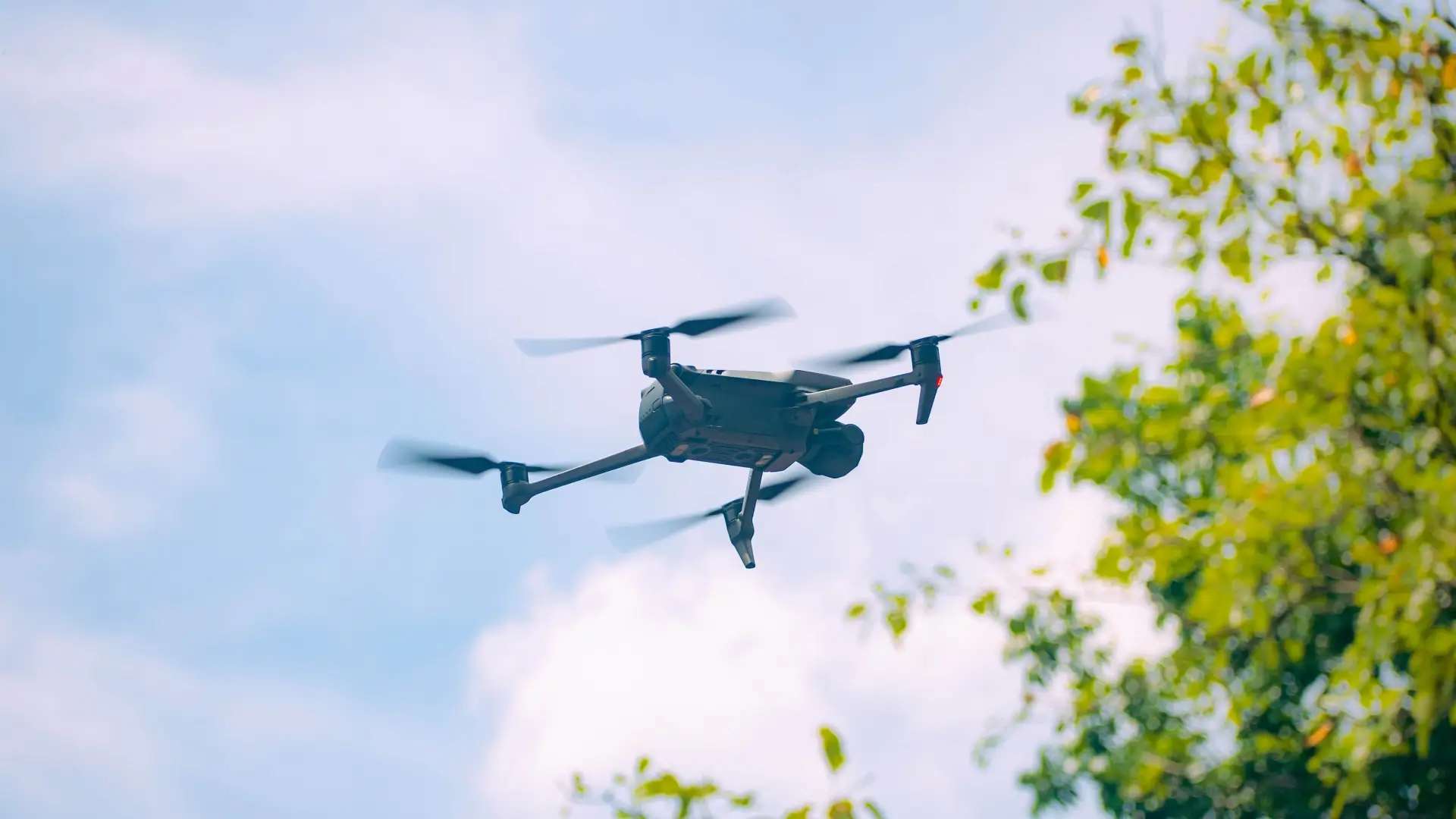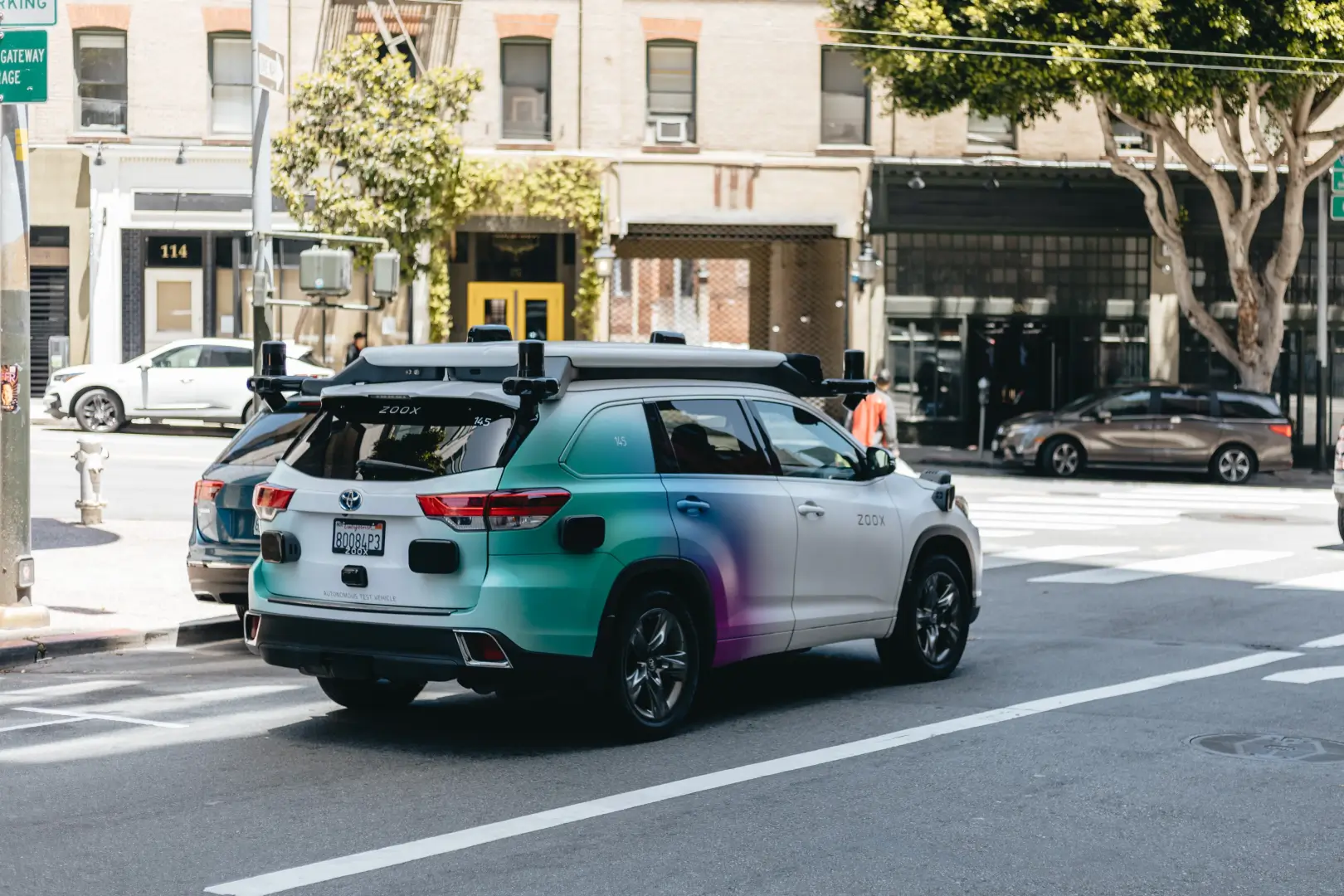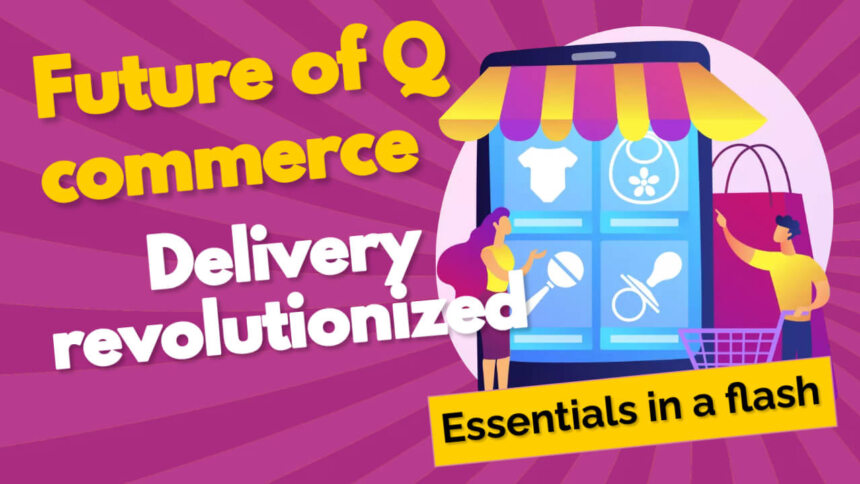The Rise of On-Demand Q Commerce
If you thought Amazon was the pinnacle of e-commerce, it’s time to meet Q commerce, the next evolution designed to meet consumers’ demand for near-instant gratification.
Q commerce refers to the ultra-fast delivery of essential goods within as little as 10-30 minutes of ordering. Local shops and restaurants enable this by providing door-to-door delivery in their communities.
According to a 2021 business impact report, the first Q commerce startups emerged shortly before the pandemic. But Covid-19 restrictions dramatically accelerated the adoption of Q commerce as vulnerable populations sheltered at home.
With many small businesses forced to temporarily close physical stores, Q commerce provided a lifeline. Homebound customers could still conveniently get meals, groceries, prescriptions and more delivered on-demand. As a result, Q commerce became essential for community support and survival.
Q commerce stands for QUICK commerce, which refers to the lightning-fast delivery of essential goods and services within the hour of placing an order. Most Q commerce shops try to deliver within 10 to 30 minutes.
This innovative approach has gained significant traction due to its ability to cater to the on-demand needs of consumers. However, for Q commerce to truly thrive, it is imperative to use technology and optimize delivery options to ensure seamless and efficient order fulfillment in a record time.


Meeting Customer Demand with Q Commerce Deliveries
Q commerce can be seen as the evolution of e-commerce, meeting the increasing consumer demand for near-instant delivery gratification. The rise of platforms like Uber Eats and DoorDash reveals the need for ultra-fast goods delivery.
Unlike traditional e-commerce, Q commerce focuses on immediacy – goods like restaurant meals, medications, and groceries. While you may wait for next-day delivery of furniture from regular online stores, Q Commerce provides instant local fulfillment of daily essentials.
As customer satisfaction depends highly on delivery speed and reliability, improving logistics is crucial for Q Commerce’s success. Because Q commerce involves small, lightweight packages over short distances, the delivery options are plentiful.
Drones: Delivery of the Future
One of the most promising solutions to bring Q commerce deliveries to the next level is the use of drones. The quality of quad air drone doesn’t need to be demonstrated anymore: These drones are stable and fast enough to manage light deliveries in a local area. They offer a swift and efficient way to deliver small packages over short distances.
Due to their nature, drones can easily bypass traffic congestion and reach their destinations within minutes. They can completely transform small delivery routes. Amazon has already been testing Prime Air drone deliveries across small US markets, and many companies are also joining the drone revolution.
Imagine ordering vital medication or a last-minute gift, and having it delivered by drone to your doorstep in a matter of minutes. Besides, drones also have the potential of reducing carbon emissions without sacrificing speed. For customers, it is a win-win.


Self-Driving Vehicles – The Future of Delivery?
Self-driving vehicles have been hotly debated for years, though pandemic restrictions stalled real-world testing and pilots. But what potential benefits could autonomous transportation offer for revolutionizing Q commerce and local deliveries?
Designed with advanced sensors and navigation systems, self-driving cars, vans and carts may provide practical solutions for goods transportation. In short-range scenarios, reducing direct human intervention could mitigate risks associated with driver error, fatigue or inattention.
Evidence from controlled tests demonstrates that self-driving vehicles can optimize efficiency and safety when routes are mapped out. Operating without human limitations, they could enable 24/7 availability and instant delivery for Q commerce models.
However, in practice, there is still a lot of work needed to make self-driving vehicles completely safe. Many worry about tech mishaps that could lead to accidents, which could replace drivers’ inattentiveness at the wheel. Tesla’s self-driving technology has been behind an eight-vehicle crash on San Francisco Bay Bridge on Thanksgiving Day 2022.
Additional concerns exist around on-the-fly decision-making if situations change. More innovation is still needed for self-driving vehicles to reliably handle unexpected events.
In The End
Autonomous transportation may one day transform delivery and enable new Q commerce models. But engineering challenges around safety and situational handling must be solved first.








